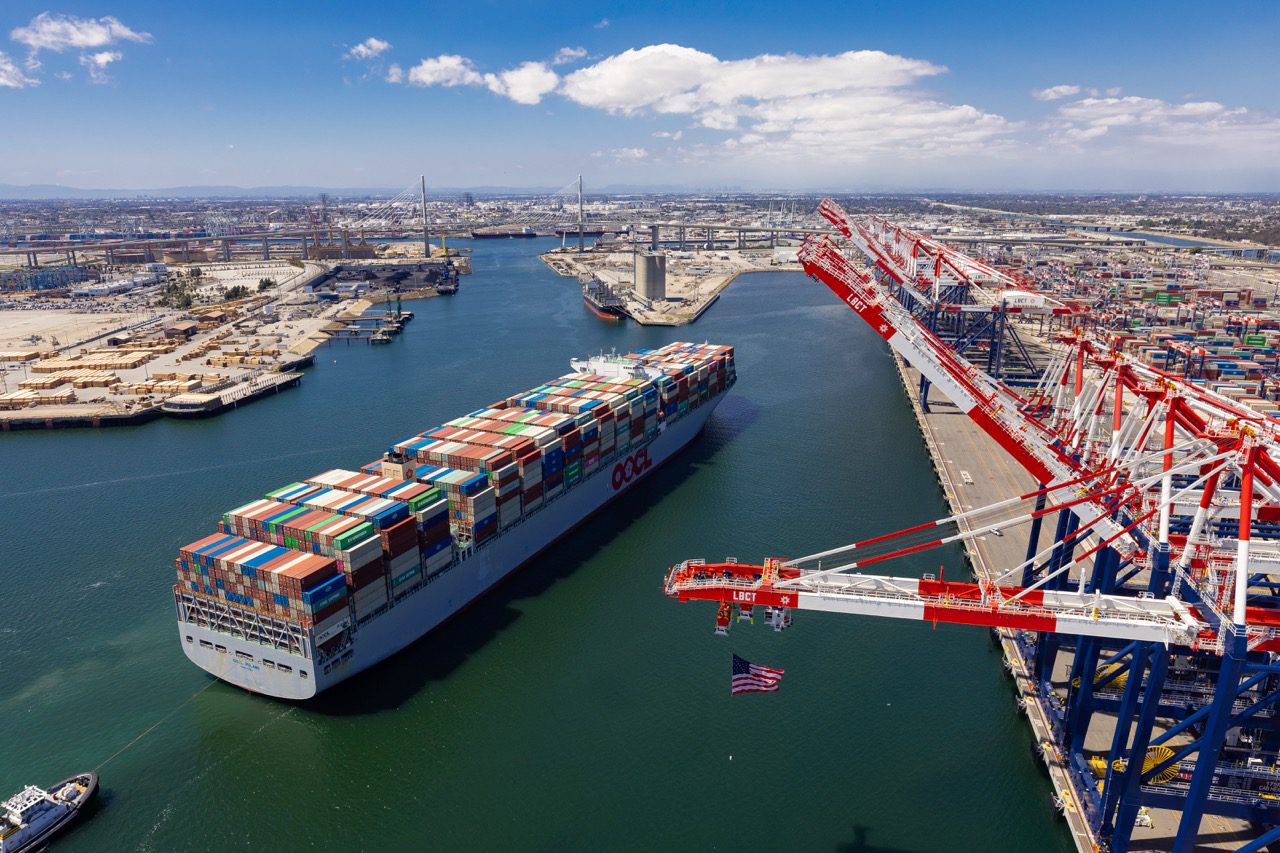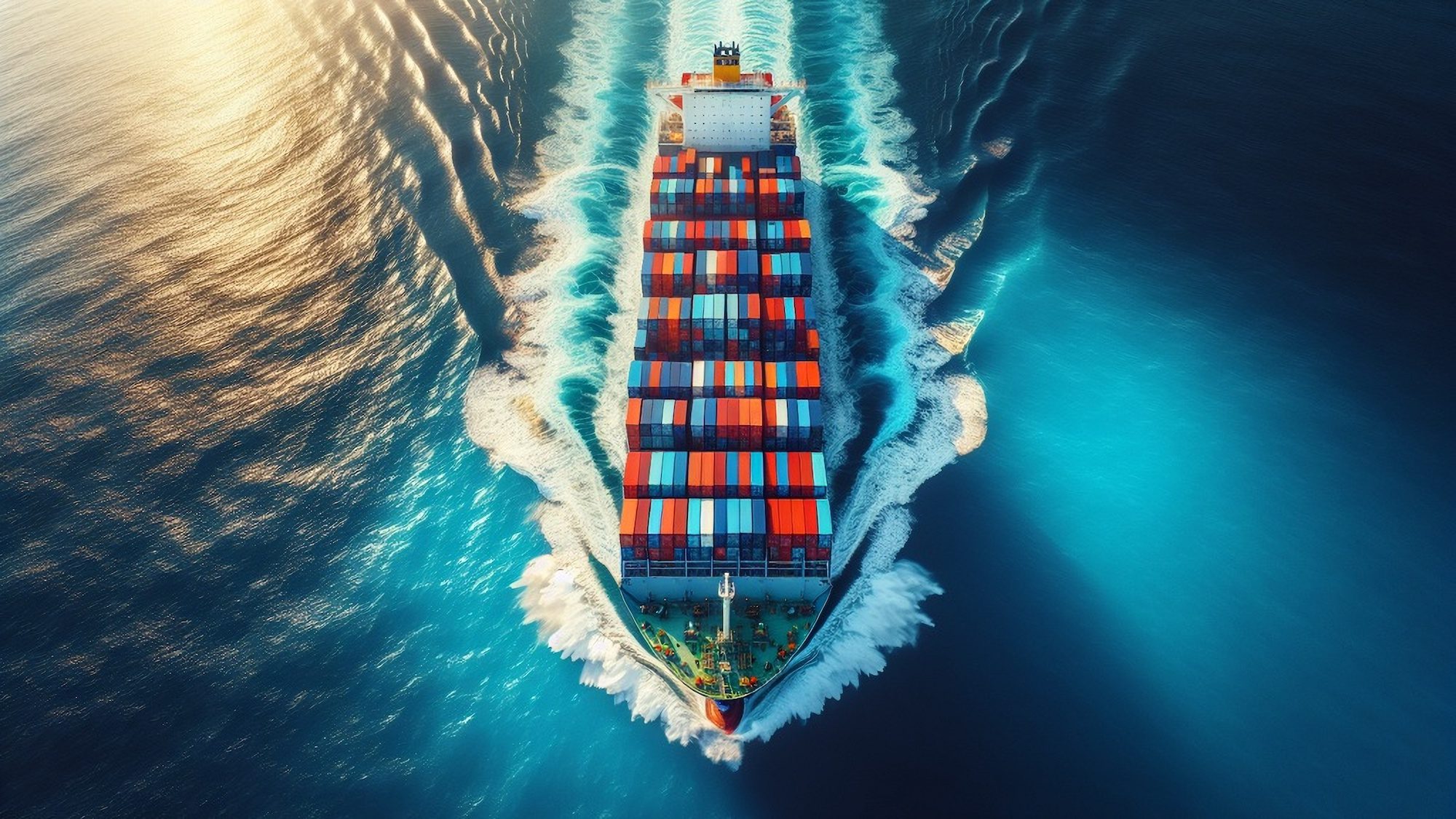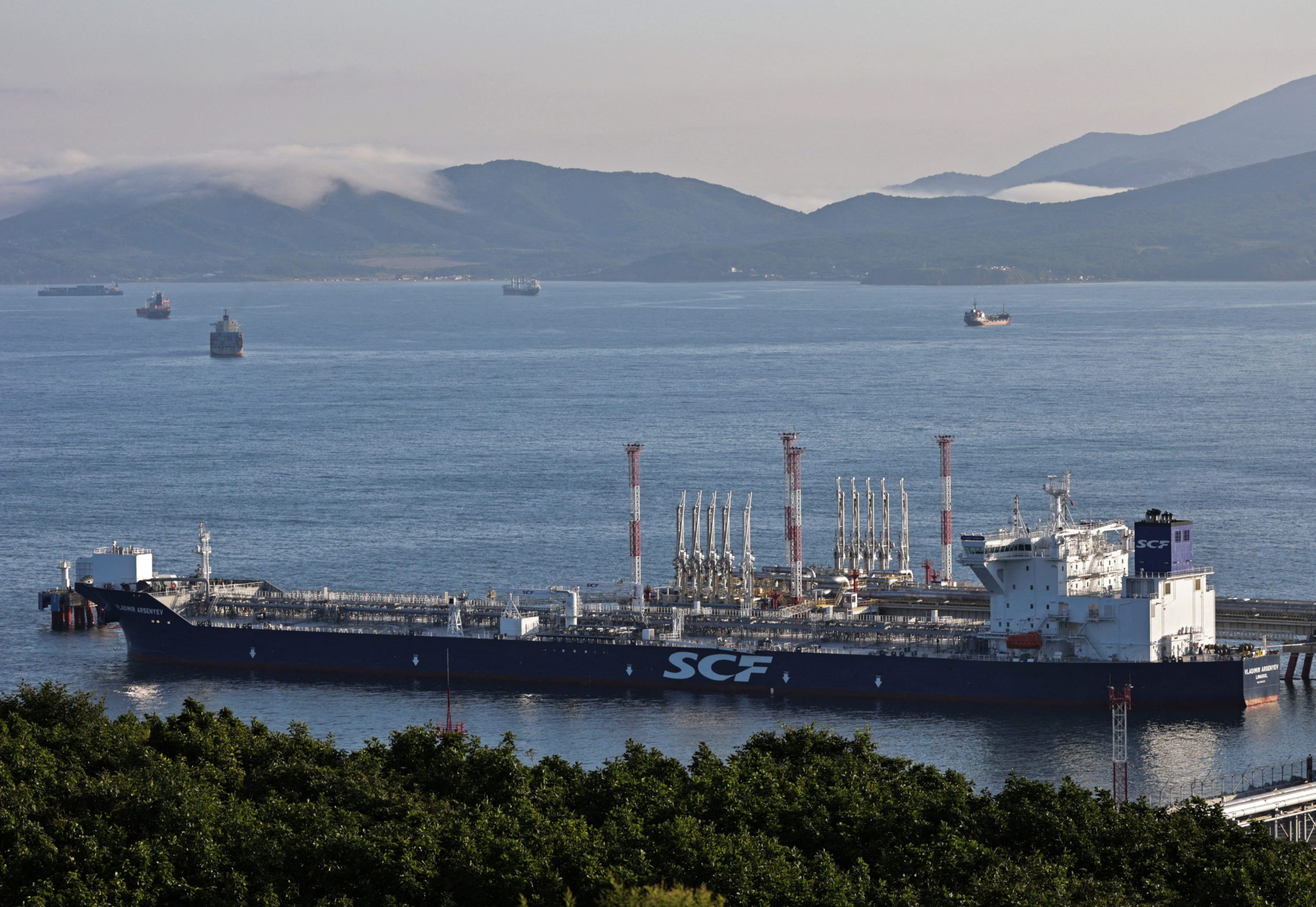By Charlotte Goldstone (The Loadstar) –
The demand spike on the transpacific has prompted concerns of congestion and cargo bottlenecks at key US ports.
Yesterday, The Loadstar reported that many carriers had begun to reinstate previously blanked voyages and launch new services to capitalise on the sudden spike in demand following news of the 90-day tariff reprieve.
Container market analyst Braemar noted that, “given the previous sharp drop in US import volumes, the sudden return of extra loaders and ad hoc cargo could very well lead to port congestion and operational issues”.
Philip Damas, MD of supply chain advisor Drewry, told The Loadstar: “Drewry has warned importers to plan for difficult operational and shipping conditions if all the shippers engage in more front-loading. Fluidity of supply chains in the ocean shipping sector depends on having relatively steady and predictable volumes and visibility into future product flows, but sudden tariff changes are, instead, creating damaging chain reactions of disruptions, shortages, surpluses and port congestion.
“The stop-go repercussions of these sudden changes in demand and capacity can be seen in the number of containerships waiting outside major ports,” he added.
According to the Drewry Container Capacity Insight tracker, the number of ships waiting at Shenzhen in South China jumped from 17 to 31 between weeks 16 and 20, and the equivalent numbers for the Los Angeles/Long Beach port complex more than doubled, from 17 to 42.
Indeed, US west coast ports could face particular strain, as carriers pushing capacity to transpacific trades are favouring services calling there, according to Sea Intelligence.
“For the 10 weeks from 26 May to 28 July, they have already injected 5% more capacity, just over the past week. This is quite in contrast to the east coast, where the injection is marginally negative,” said CEO Alan Murphy.
“This difference can imply two different root causes – but both could be present at the same time. It can imply that the cargo surge is more concentrated on the west coast, driven by shippers eager to get the cargo to the US as rapidly as possible. It can also imply that this is a consequence of vessel availability, and carriers will take longer to inject suitable vessels into the east coast,” he explained.
In yesterday’s Long Beach port update, Paul Bingham, director of transportation and supply chain at S&P Global, said: “Those 90-day pauses in some ways are accelerating some market share gains for the ports, because if shippers are trying to pull in as much cargo ahead of a particular deadline, it’s the shortest route.
“San Pedro Bay is where you’re going to go first, so that actually sustains some of that market share gain perhaps that the port complex captured last year into 2025.”
Port of Long Beach CEO Mario Cordero added: “Plus, there’s a lot of cargo that was held up in China; because if you’re a shipper, why would you send your cargo to be subject to a 145% tariff? We know there’s cargo in China that did not come, and we also know that cargo is going to start coming as we approach peak season in July.”
However, Mr Bingham assured that “as far as congestion fears go, in terms of likeness to the pandemic, there’s none”.
“They [ports] handled record volumes last year; they set a record and did it with essentially no congestion. Nobody in the supply chain was focusing on the port complex saying ‘they can’t handle it’.
“Even with the likely surge that’s coming now out of the mainland China deal and their 90-day pause, it’s unlikely that the ports right now, in terms of performance, would run into a problem that would impede volumes or would divert them [vessels] somewhere else. That seems extremely unlikely.”
Hapag-Lloyd remains confident it can run operations smoothly at ports, having this week announced a new transpacific service calling at Long Beach, as part of its Gemini network.
A spokesperson for the German carrier told The Loadstar that while “it is not unlikely that problems will occur” at US ports, “within Gemini [its] plan is solid, and [it] expects to maintain [its] current high reliability performance.”
The Loadstar is known at the highest levels of logistics and supply chain management as one of the best sources of influential analysis and commentary.

 Join The Club
Join The Club











